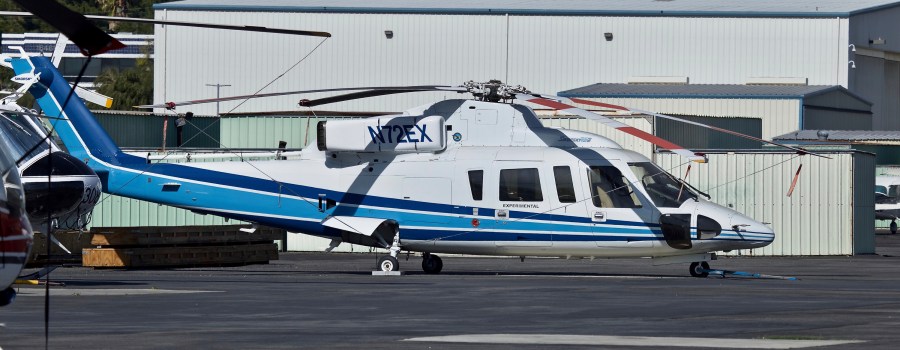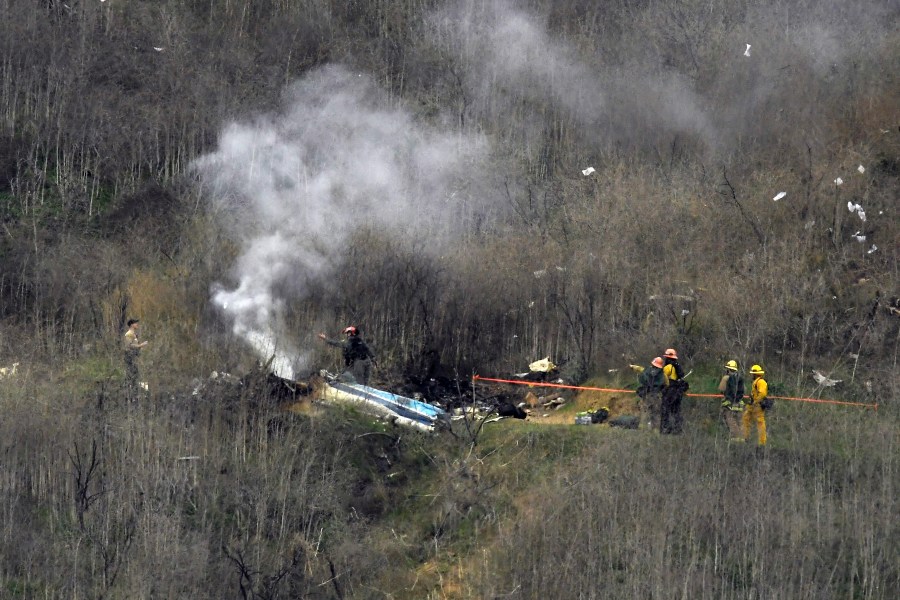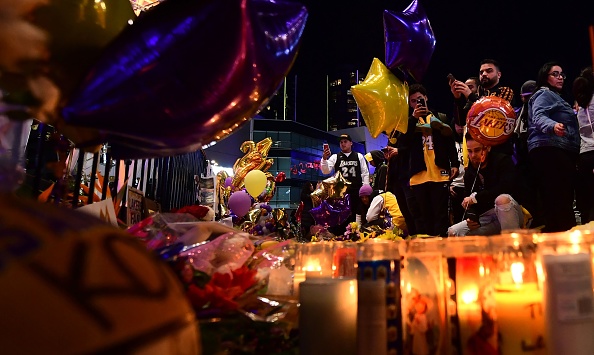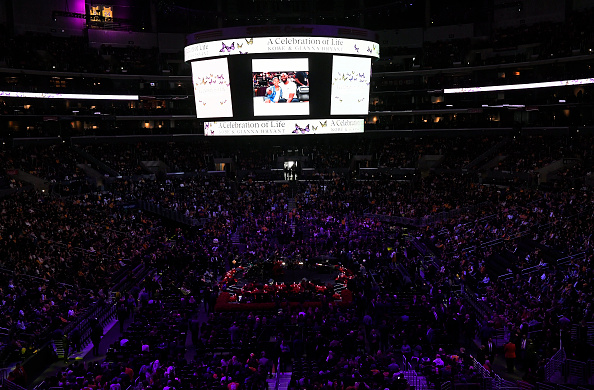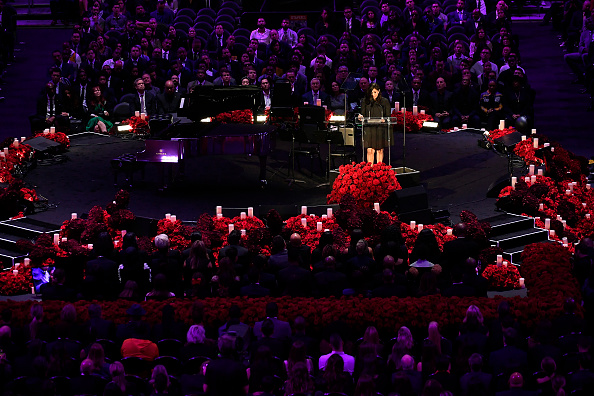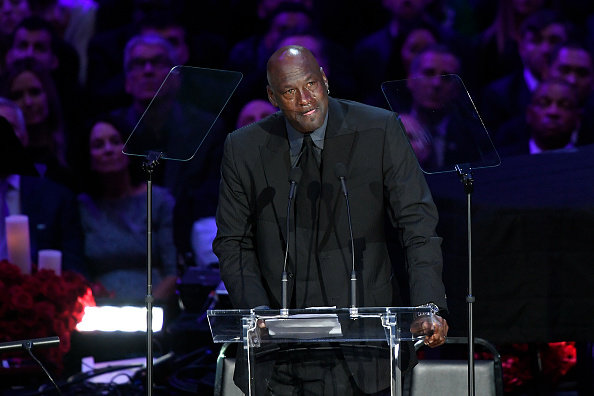Kobe Bryant crash pilot appeared to violate standards, likely became disoriented in clouds
LOS ANGELES (NewsNation Now) — Federal safety officials Tuesday announced the probable cause of the tragic helicopter crash that killed NBA legend Kobe Bryant and eight others, concluding the pilot flew through clouds in an apparent violation of federal standards and became disoriented before the crash.
The National Transportation Safety Board on Tuesday said the crash happened amid thick fog in the hills of the San Fernando Valley north of Los Angeles. The poor visibility probably led pilot Ara Zobayan to become disoriented and misperceive the angles at which he was descending and banking, the agency said.
Robert Sumwalt, the chairman of the National Transportation Safety Board, said Zobayan was “flying under visual flight orders or VFR which legally prohibited him from penetrating the clouds” but he continued into clouds.
Could the crash have been prevented?
Zobayan went against his training by becoming spatially disoriented in thick clouds, a condition that can happen to pilots in low visibility, when they cannot tell up from down or discern which way an aircraft is banking, board members said.
Investigators Tuesday also faulted Zobayan for banking to the left instead of ascending straight up while trying to climb out of the bad weather.
NTSB member Michael Graham said Zobayan ignored his training and added that that as long as helicopter pilots continue flying into clouds without relying on instruments, which requires a high level of training, “a certain percentage aren’t going to come out alive.”
“What part of cloud, when you’re on a visual flight rules program, do pilots not understand?” added NTSB Vice Chairman Bruce Landsberg.
They also said that Zobayan did not file a backup flight plan and chose not to land at a nearby local airport to wait out the bad weather.
The helicopter did not have the so-called “black box” recording devices, which were not required
The NTSB is an independent federal agency that investigates crashes but has no enforcement powers. It can only submit suggestions to bodies like the Federal Aviation Administration or the Coast Guard, which have repeatedly rejected some of the board’s safety recommendations after other disasters. The NTSB Tuesday released more than 1,600 pages of documents related to the crash investigation.
“I am saddened by this crash. We use the term crash rather than accident but I think it is rather important to understand the distinction,” said NSTB Vice Chairman Bruce Landsberg. “An accident is something unforeseen, unpredictable. Unfortunately this wasn’t. We know what happened and we have a very good idea of why it happened and we absolutely know how to prevent these crashes.”
On Jan. 26, 2020, the group of nine was traveling to a youth basketball tournament when their helicopter plunged into a steep hillside in the dense morning fog just outside of Los Angeles, prompting an outpouring of shock and grief from around the world.
Aboard the plane was: Bryant, 41, his 13-year-old daughter Gianna; John Altobelli, 56, his wife Keri Altobelli, 46, their daughter and Gianna’s teammate Alyssa Altobelli, 14; Christina Mauser, 38; Sarah Chester, 45, her daughter and Gianna’s teammate Payton Chester, 13; and Zobayan, 50.
The helicopter took off at around 9 a.m. at John Wayne Airport in Orange County, with plans to arrive at Camrillo Airport, northwest of Los Angeles. The helicopter encountered thick fog in the San Fernando Valley north of Los Angeles.
“Thirty-seven minutes into the flight, the pilot initiated a climb with a gradual left turn, to “get above the layers,” as he told an air traffic control facility,” said Sumwalt. “It was the beginning of a series of events that ended two minutes later with the tragic loss of the helicopter, its pilot, and all eight passengers.
Zobayan climbed sharply and had nearly broken through the clouds when the Sikorsky S-76 helicopter banked abruptly and plunged into the Calabasas hills below, killing all nine aboard instantly before flames engulfed the wreckage. The crash was called in after 9:45 a.m. after reports of smoke in the area.
Recommendations by NTSB
The NTSB has said pilots can become confused about an aircraft’s attitude and acceleration when they cannot see the sky or landscape around them. Sumwalt said the board will continue to discuss “the phenomenon of spatial disorientation, which is the powerful sensation that confuses pilots who lose visual reference and what types of training can be effective in countering this effect.”
The board said previously an examination of the helicopter’s engines and rotors found no evidence of “catastrophic mechanical failure.”
Over the past year, experts have speculated that the crash could lead to requiring Terrain Awareness and Warning Systems, devices that signal when aircraft are in danger of crashing, on helicopters.
The devices, known as TAWS, cost upward of $35,000 per helicopter and require training and maintenance.
The helicopter that Bryant was flying in did not have the system, which the NTSB has recommended as mandatory for helicopters. The FAA requires it only for air ambulances.
However, NTSB investigator-in-charge Bill English said Tuesday that the system, known as TAWS, would likely not have been helpful in the scenario in which Bryant’s helicopter crashed.
The hilly terrain, combined with the pilot’s spatial disorientation in the clouds, would have been “a confusing factor,” English said.
“The pilot doesn’t know which way is up,” English said.
Federal lawmakers have sponsored the Kobe Bryant and Gianna Bryant Helicopter Safety Act to mandate the devices on all helicopters carrying six or more passengers.
Helicopter Association International discouraged what it called a “one solution fits all” method. President and CEO James Viola said in a statement that mandating specific equipment to the entire industry is “ineffective” and “potentially hazardous.”
Even though Zobayan was flying at low altitude in a hilly area, the warning system may not have prevented the crash, Coleman said. The terrain could have triggered the alarm “constantly going off” and distracted the pilot or prompted him to lower its volume or ignore it, said Ed Coleman, an Embry-Riddle Aeronautical University professor and aircraft safety science expert.
The board is likely to make more nonbinding recommendations to prevent future crashes Tuesday.
In the year since the crash, there’s been plenty of finger-pointing over the cause of the tragedy, spawning lawsuits and countersuits.
On the day a massive memorial service was held at the Staples Center, where Bryant played most of his career, Vanessa Bryant sued Zobayan and the companies that owned and operated the helicopter for negligence and the wrongful deaths of her husband and daughter. Families of other victims sued the helicopter companies but not the pilot.
Vanessa Bryant said Island Express Helicopters Inc., which operated the aircraft, and its owner, Island Express Holding Corp., did not properly train or supervise Zobayan. She said the pilot was careless and negligent to fly in fog and should have aborted the flight.
Zobayan’s brother said Kobe Bryant knew the risks of flying in a helicopter and his survivors aren’t entitled to damages from the pilot’s estate. Island Express Helicopters Inc. denied responsibility and said the crash was “an act of God” it couldn’t control.
It also countersued two FAA air traffic controllers, saying the crash was caused by their “series of erroneous acts and/or omissions.”
The countersuit claims one controller improperly denied Zobayan’s request for “flight following,” or radar assistance as he proceeded in the fog. Officials have said the controller terminated service because radar couldn’t be maintained at the altitude the aircraft was flying.
According to the lawsuit, the controller said he was going to lose radar and communications shortly, but radar contact was not lost. When a second controller took over, the lawsuit said the first controller failed to brief him about the helicopter, and because the radar services were not terminated correctly, the pilot was under the belief he was being tracked.
Vanessa Bryant also sued the Los Angeles County Sheriff’s Department, accusing deputies of sharing unauthorized photos of the crash site. California now has a state law prohibiting such conduct.
The NTSB said it will release a full report in a few weeks following a vote on amendments Tuesday.
You can watch the hearing in two parts below:










